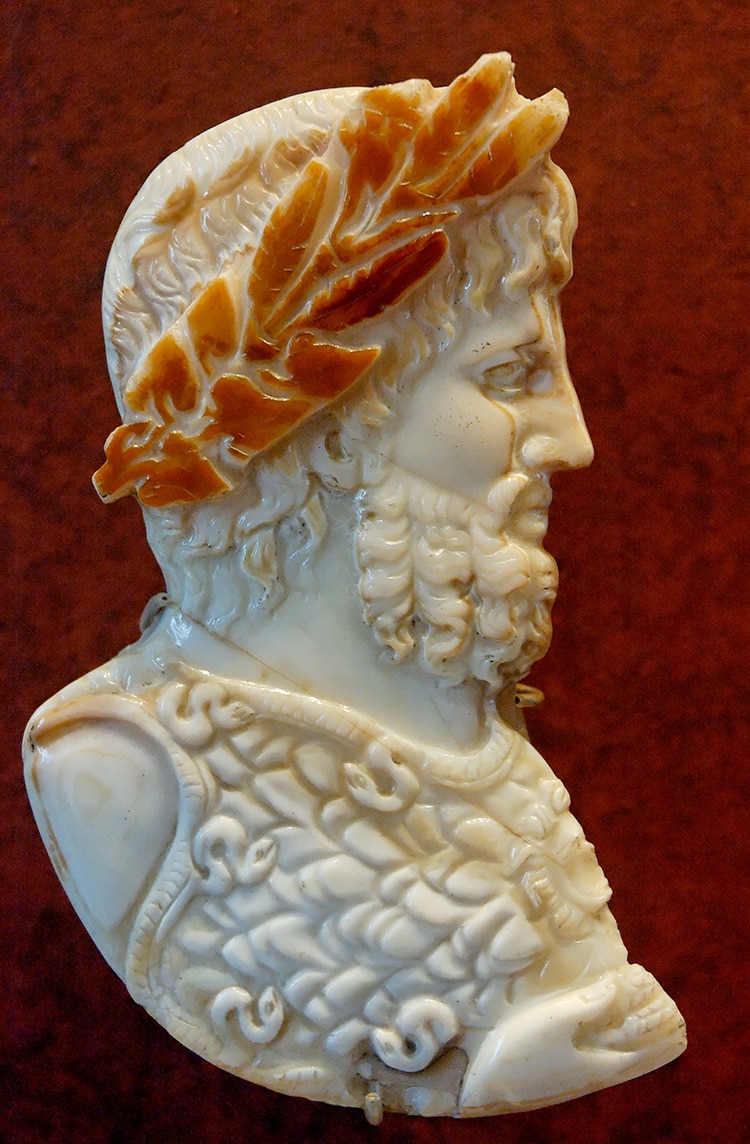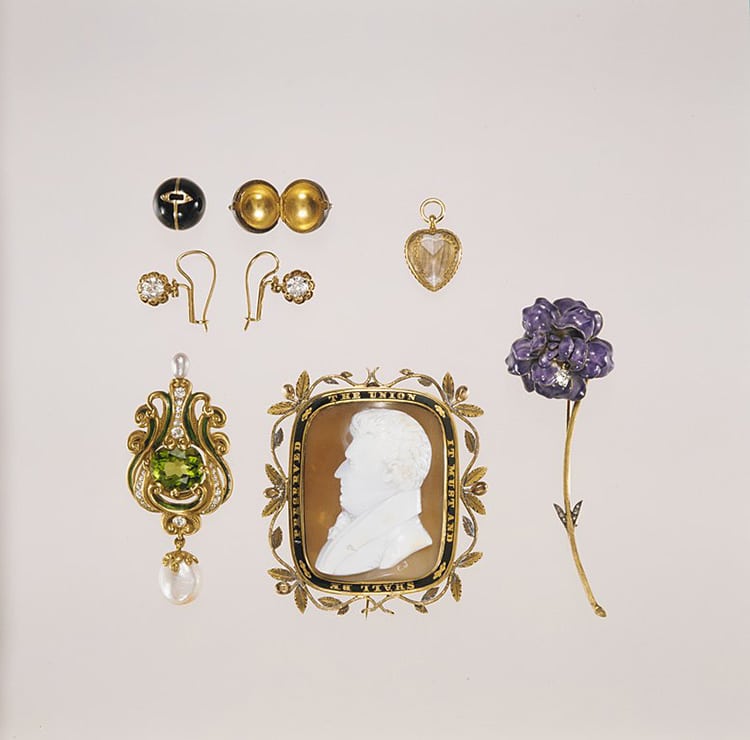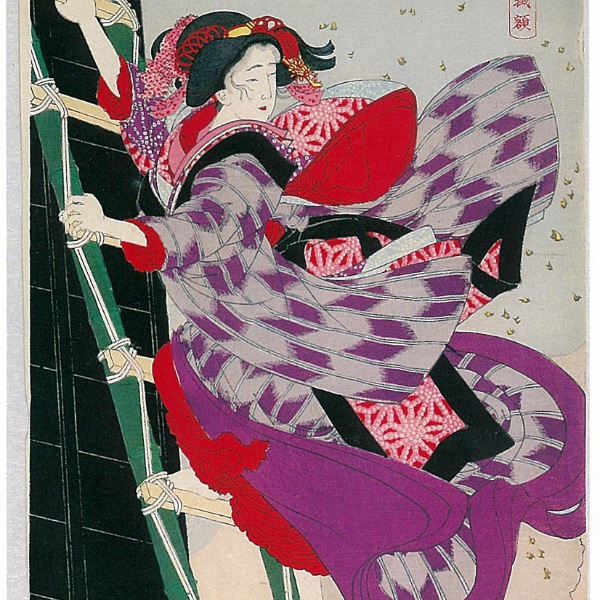
A 1913 photograph of Judge Mary Margaret Bartelme wearing a cameo brooch (Photo: Wikimedia Commons [Public Domain])
Are you familiar with the term cameo jewelry? Even if you're not, you're bound to recognize this type of accessory due to its popularity that dates back centuries. From your grandmother’s jewelry box to your favorite antique shop’s window, cameo jewelry has captivated
jewelers and buyers alike for many years. Contemporary artists continually push the boundaries of typical cameo conventions to help keep the craft alive.
Here, we try to break down this jewelry style’s surprising history, from the Ancient Mediterranean world to the Victorian Period, as we look to how these pieces have found their way into your home.
What is a Cameo?
A cameo is a form of glyptography, or bas-relief, carving, which historically features landscapes, portraits, and mythological figures cut into a variety of materials, but most often into glass, hardstones, and shells. Cameo artworks were crafted to create two layers on one piece of material, the top of which protruded from its background, creating a multi-dimensional artwork. These detailed reliefs were often used to adorn pieces of jewelry, such as brooches, necklaces, bracelets, and rings. The earliest cameos took inspiration from prehistoric petroglyphs, which documented important religious and symbolic iconography onto rock faces.
Historic Civilizations and Cameo Jewelry Trends

An Ancient cameo depicting the Roman god Jupiter (Photo: Wikimedia Commons [Public Domain])
While cameo traditions continued to persist in western culture, the Renaissance and neighboring Elizabethan period were both instrumental in fostering continued innovations in the art of cameo carving as elite women began to collect cameos as signs of cultural status. In fact, Pope Paul II was so fond of cameos that some historians speculate the volume of cameo rings he wore contributed to his death. It's said that he wore many on his fingers and they “kept his hands so cold that he caught the chill that meant his death.”

A 16th century cameo brooch of the Queen of Poland in the MET's collection (Photo: Wikimedia Commons [Public Domain])

An 18th Century cameo brooch from the MET's collections (Photo: Wikimedia Commons [Public Domain])
Contemporary Cameo Jewelry and Its Legacy
Cameo art and jewelry continues to appear in contemporary western fashion spaces, such as in Dolce & Gabbana’s 2019 Alta Gioielleria Collection. Other jewelers, like Liz Swig’s New Cameo Collection, are modernizing cameo portraits by including diverse subjects which are not often seen in historic cameos in their catalogs. In fact, her jewelry has even caught the eye of Academy Award winner Cate Blanchett who wore two different pairs of Swig's cameo earrings to the 2019 Venice Film Festival.
View this post on Instagram
View this post on Instagram
Related Links:
Vintage-Inspired Embroidered Jewelry Captures the Lovely Magic of Nature
15 Pieces of Unique Heart Jewelry for Your Special Valentine
Artist Drills into Antique Ceramics to Transform Them into Exquisite Pieces of Jewelry






















































































